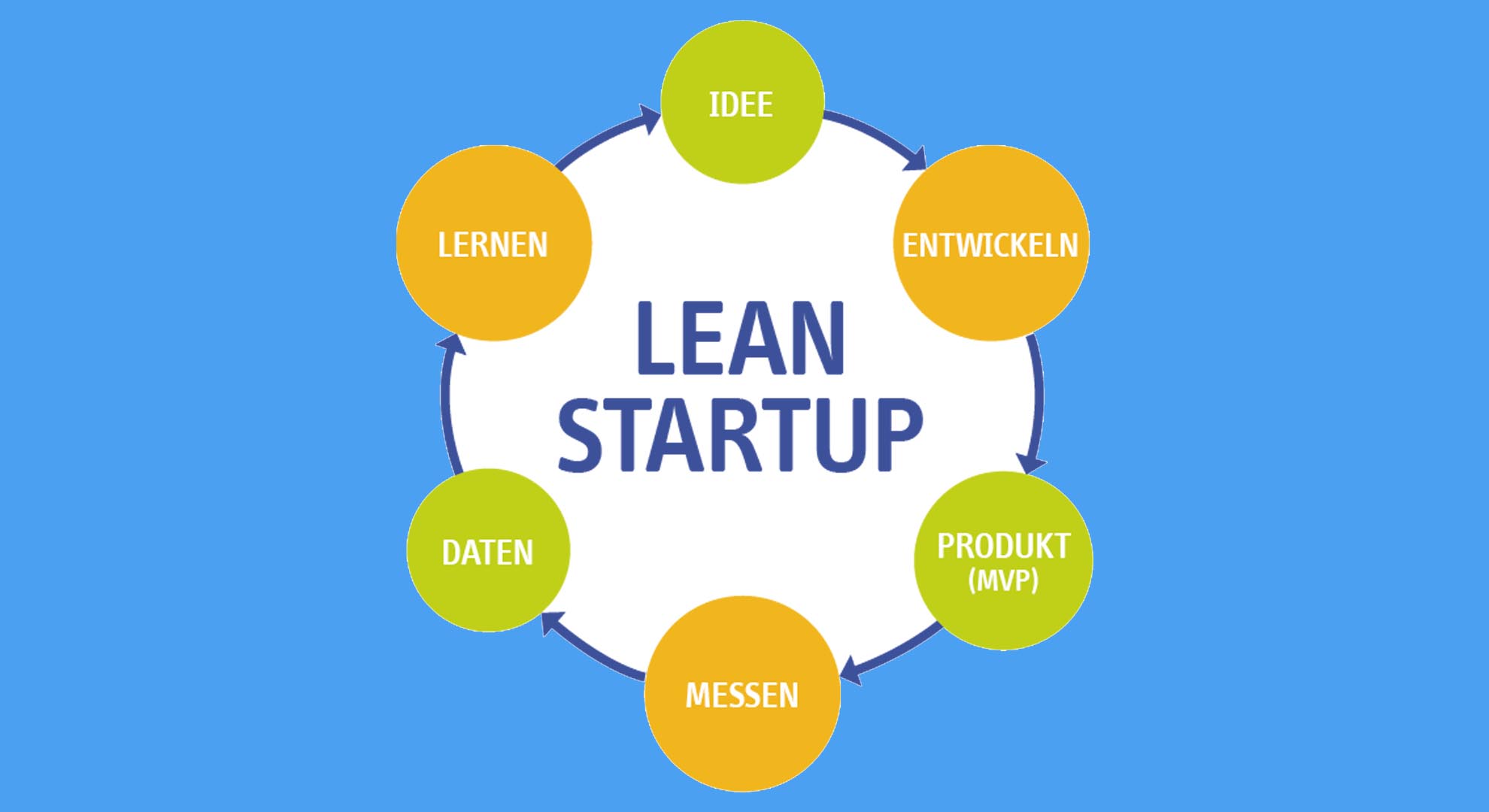We are attaining a modulation point with artificial intelligence (AI). This is because, extensive encroachment in Natural Language Processing (NLP), deep learning, computer vision and Machine Learning (ML) have made simpler than ever to produce an AI algorithm layer into your cloud platform or software.
For businesses, real-world AI apps can be noticeable in all types of methods, contingent on your organizational requirements and the business intelligence (BI) visions resulting from the data you gather. Companies can incorporate AI in everything from excavating social data to motivating engagement in customer relationship management (CRM) to enhancing efficiency and logistics when it comes to tracing and handling assets.
According to a demand-based poll of 500 business to business (B2B) marketers, conducted by account-based marketing (ABM) and Wakefield Research:
“By 2020, 80% of the business executives forecast that AI is expected to revolutionize marketing. However, only 10% of marketing organizations are presently using AI”.
The survey pointed out a few challenges in devising and implementing an enterprise AI scheme.
- Cost of implementation is 42%
- Integration 60%
- Difficulty in interpreting results 46%
- Training employees 42%
Keeping this scenario in mind, we have prepared 5 steps to guide through which you can incorporate AI into your startup product development.
1. Get Familiar With AI
Take some time to figure out the things that modern AI can do. You are requested to take advantage of online information and funds available to acquaint yourself with the preliminary concepts of AI. There are online courses and remote workshops offered by different organizations as simple ways to get started with AI and the raise your knowledge of fields like Machine Learning (ML) and predictive analytics within your organization.
2. Identify the Problems You Want AI to Solve
The subsequent step for any company is to start exploring various ideas, once you are up to speed on the basics. Explore the methods in which you can incorporate AI capabilities into your current product and services. Most significantly, your company must have objectives in mind of particular use cases in via which this technology can resolve business problems or offer demonstrable value.
If you are working with the company, you will begin with an overview of their problems and key technology programs. You obviously want them to demonstrate the ways in which Machine Learning (ML), image recognition and natural learning processing etc. fit into those products. The specifics continuously differ by industry. For example, if the company does video investigation, they can internment so much value by adding ML to that procedure.”
3. Prioritize Concrete Value
After this, you are required to measure the possible financial and business value of the numerous probable AI applications you have recognized. It is easy to get lost in “pie in the sky” AI discussions, however, it is important to bind your initiatives directly to business value.
In order to do this, look at the dimensions of feasibility and potential and put it into a 2*2 matrix. This should assist you to rank based on near-term visibility and keeping in mind the financial value of the company. For this particular step, you are required to have ownership and recognition from top-level executive and senior managers.
4. Acknowledge the Internal Capability Gap
There is a blatant dissimilarity between what you want to achieve and what you have the structural aptitude to really attain within a given deadline. It is suggested that a business should know what it is proficient of and what it is not from a business and technological procedure viewpoint before initiation into a full-blown AI implementation.
In other words, you should address your internal capability gap. This means classifying what you want to obtain and any procedures that require being internally progressed prior to getting going. Contingent on the business, there may be teams or existing projects that can assist you in doing this organically for certain business units.
5. Bring in Experts and Set Up a Pilot Project
It is time to start building and integrating, once your business is ready from a technological and organizational standpoint. The most significant factors to begin are:
- Have project goals in mind
- Be aware of what you want to know
- Be aware of what do you want to know regarding AI
This is the point where bringing an AI consultant or an outside expert can be helpful.
You do not require so much time for a first project; typically for a pilot project, 2-3 months is a decent range. You are required to bring external and internal people together in a small team, probably 4-5 people, and that tighter deadline will keep the team concentrated on straightforward objectives.
After the pilot is finished, you should be able to decide on the long-term and more elaborate project and the value proposition that makes sense for your business. It is also significant that expertise from both sides—the people who have knowledge regarding the business and the people who have knowledge regarding AI—is amalgamated on your pilot project team.















